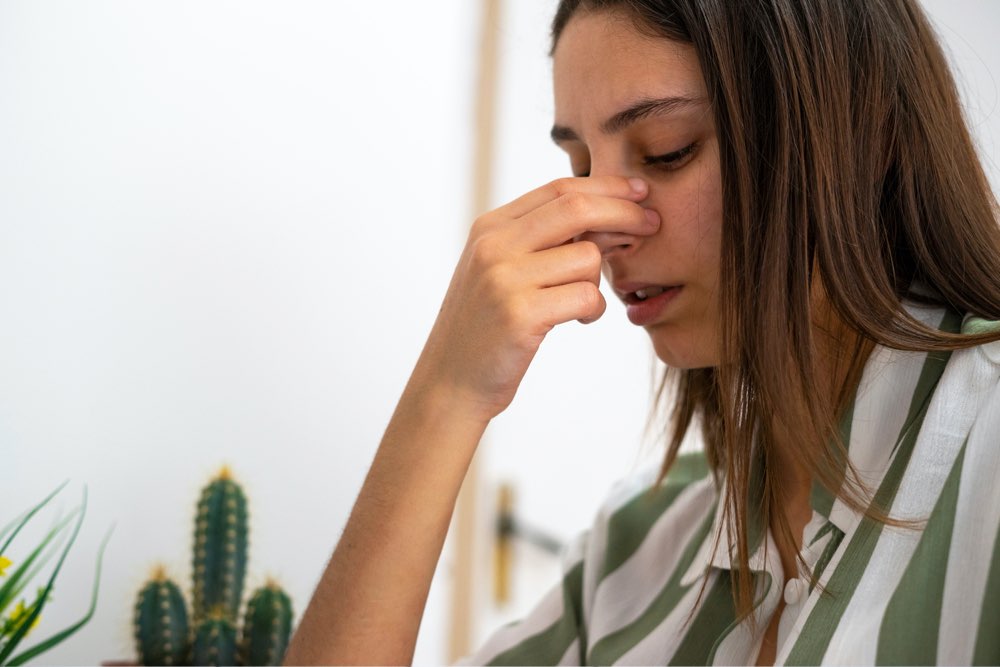Comprehensive Approaches to Treating Nasal Polyps: Surgical and Non-Invasive Strategies
Discover effective management options for nasal polyps, including both surgical and non-invasive treatments. Learn about medications like corticosteroids, in addition to minimally invasive endoscopic surgery and post-operative care strategies to prevent recurrence. Tailored treatments ensure better symptom relief and improved quality of life for affected individuals.
Sponsored

Approaches to Managing Nasal Polyps: Surgical and Non-Invasive Options
Nasal polyps are benign growths that develop within the nasal passages or sinuses. These non-cancerous formations can appear in one or both nostrils and may obstruct airflow, leading to symptoms such as nasal congestion and reduced smell. The severity and treatment depend on the size of the polyps and their underlying causes.
Treatment methods vary based on individual conditions and can include both surgical procedures and non-invasive therapies.
Non-surgical therapies
Nasal corticosteroids: Medications like nasal sprays containing corticosteroids (such as fluticasone, mometasone, beclomethasone, and ciclesonide) are commonly prescribed for small polyps not blocking airflow. These help shrink the growths and alleviate inflammation.
Oral and injectible corticosteroids: Larger or sensitive polyps may require oral corticosteroids or injections, especially if nasal sprays prove ineffective. These options are typically used short-term due to potential side effects.
Additional medications: To manage associated symptoms like sinus inflammation or infections, doctors may recommend antibiotics or antihistamines. Patients sensitive to aspirin might benefit from allergy desensitization treatments.
Chronic sinusitis management: For cases involving persistent sinus inflammation, drugs like dupilumab may be administered to reduce congestion and polyp size.
Surgical intervention
When non-invasive treatments fail, surgical removal of nasal polyps becomes necessary. This is often done via minimally invasive endoscopic surgery, performed as an outpatient procedure. A small camera (endoscope) is inserted through the nose to locate and excise the polyps. Sometimes, additional drainage procedures are performed to clear blockages. The removed tissue is examined in the lab to rule out malignancy.
Post-operative care
Even after surgery, polyps may recur. To minimize this risk, doctors often prescribe nasal corticosteroid sprays and recommend saline rinses to promote healing and prevent infections at the surgical site.






